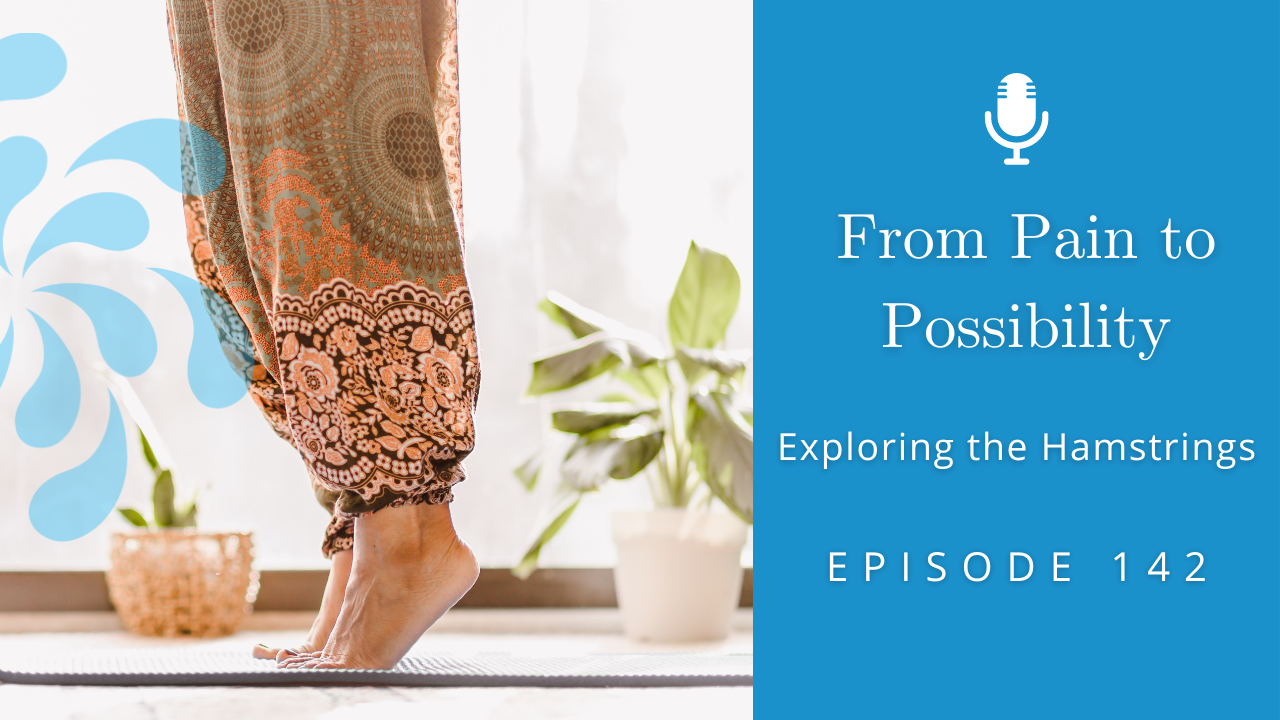When people come to see me, it is really common for them to have pain. When their pain is with the SI joints or the back, a major complaint will be about the hamstrings. For so many people, the hamstrings create a lot of grief, or a lot of grief is placed on them.
Many people believe that they have back pain because of their hamstrings. Yoga professionals trying to move into forward bends or other postures, as well as people wanting to improve their posture generally, will blame the hamstrings for limiting them in those movements.
In this episode, I’m explaining why I don’t necessarily agree with this, what I tend to do when working with people who complain about the hamstrings, and why I think what I do is so helpful. I’m digging deeper into the anatomy and function of the hamstrings and sharing some perspective on them to help you start thinking about them differently.
Subscribe: Apple Podcasts | Spotify

